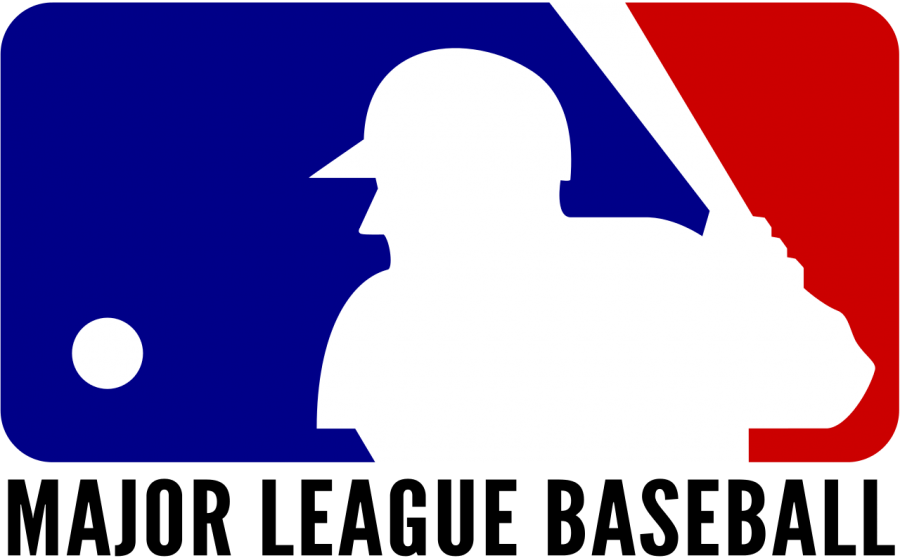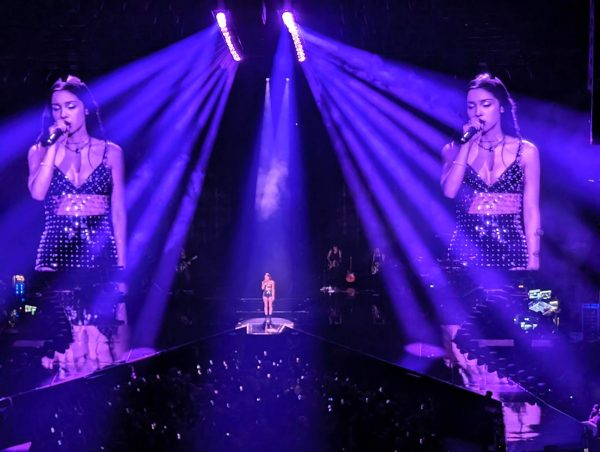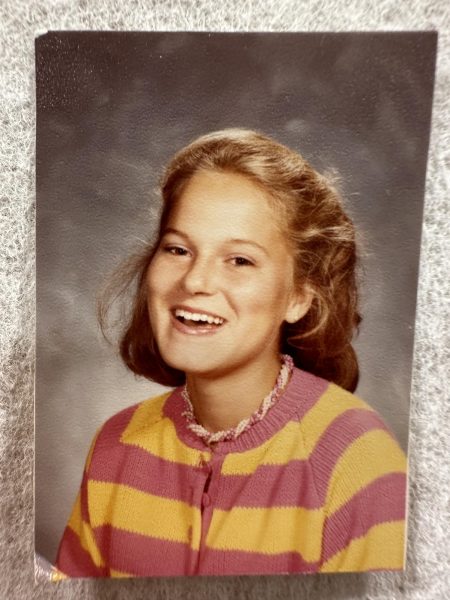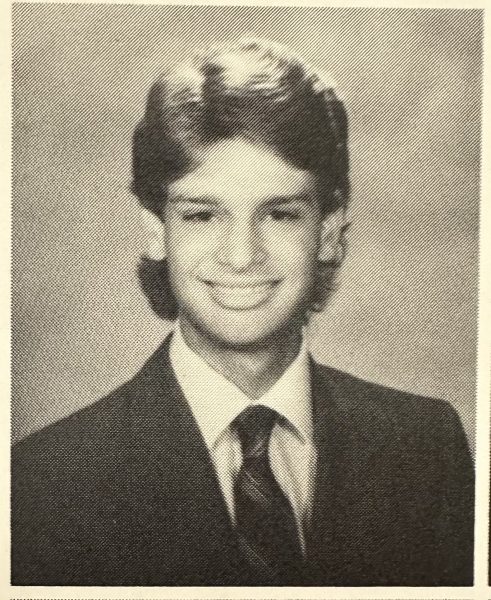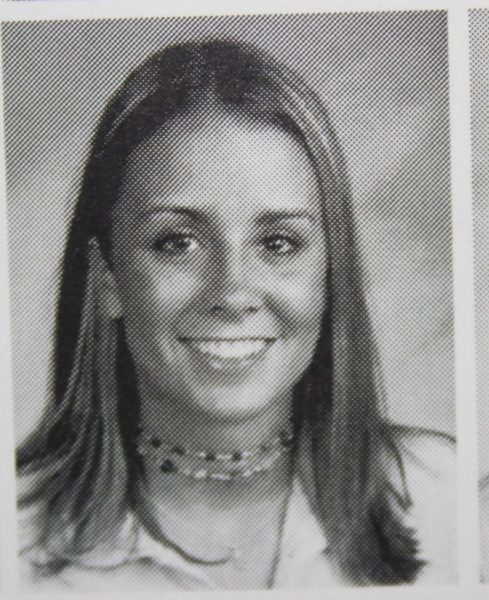Bringing back baseball
May 16, 2016
It’s been a long downhill slide for a Chicago team. Each season-long beatdown far outweighs the rare rapture of a playoff spot. For years, the front office fails to put together a team that will play like one. The city’s love for the team diminishes more after every loss, and dreams of success look fainter every day.
Suddenly, something clicks. Promising new faces bring out the best in the veterans, and chemistry forms that the team hasn’t seen in recent memory. Analysts see potential. Executives see hope. Chicago’s imagination is captured. And, like a dream, the down-and-out franchise marches to the top of the league as the city rallies behind them, and a dynasty begins.
This happened to the Bulls in 1991, to the Blackhawks in 2010, and this year it’s going to happen again.
The Cubs and White Sox have started the 2016 season in excellent form: the Cubs have powered through the injury of slugging hero Kyle Schwarber to maintain their status as World Series favorite as the leaders of the National League, and the White Sox have shot to the top of the American League with a young roster and an outstanding rotation despite last year’s terrible season.
With these results, it’s no surprise that the Cubs and Sox have drawn in far more student fans in the past year than any other period in recent memory, but the expansion is far deeper than a growing bandwagon. The standings and news are throwing the teams into the spotlight, but once there the teams bring a deep cultural appeal that went relatively unnoticed during lackluster seasons. Chicago saw the same with the Blackhawks and Bulls during their championship runs, and now it is mirrored in both the South and North Side.
As with any team spirit, the returning love for baseball is fueled by a sense of unity. The roar of Wrigley or the Cell is never tiring, and it’s never hard to feel welcomed in or around either park so long as you’re in the home team’s colors. Additionally, everyone loves an underdog, and this joy adds to each team’s support. The Cubs haven’t won the World Series since the U.S. had 46 states (1908), and the Sox posted one of the worst records in the American League last season.
Still, unity alone can’t create what Chicago’s teams have put together. These teams have idols. The Sox’s ace pitcher Chris Sale and power bat Jose Abreu mirror the Cubs’ Jake Arrieta and Kris Bryant, who captured the city and the nation’s attention last season and are poised to do so again this year. Those who advocate that baseball is dying cite the sport’s lack of icons, but both teams’ lineups are a firm contradiction.
Another draw is the accessibility of seeing games in person. While ticket availability for the United Center and Soldier Field plummet and prices soar, it’s much easier for students to find their way to a few of either of team’s 81 home games each year. Student budgets and schedules are as tight as ever, and the ease of getting to a baseball game is one of the most attractive appeals of modern baseball.
Chicago is in the midst of a perfect storm. The beloved Cubs and White Sox are both poised to push deep into October, and the city is standing at attention to see just how far they can go. These are seasons to be remembered, and a new generation of fans has risen to remember them.

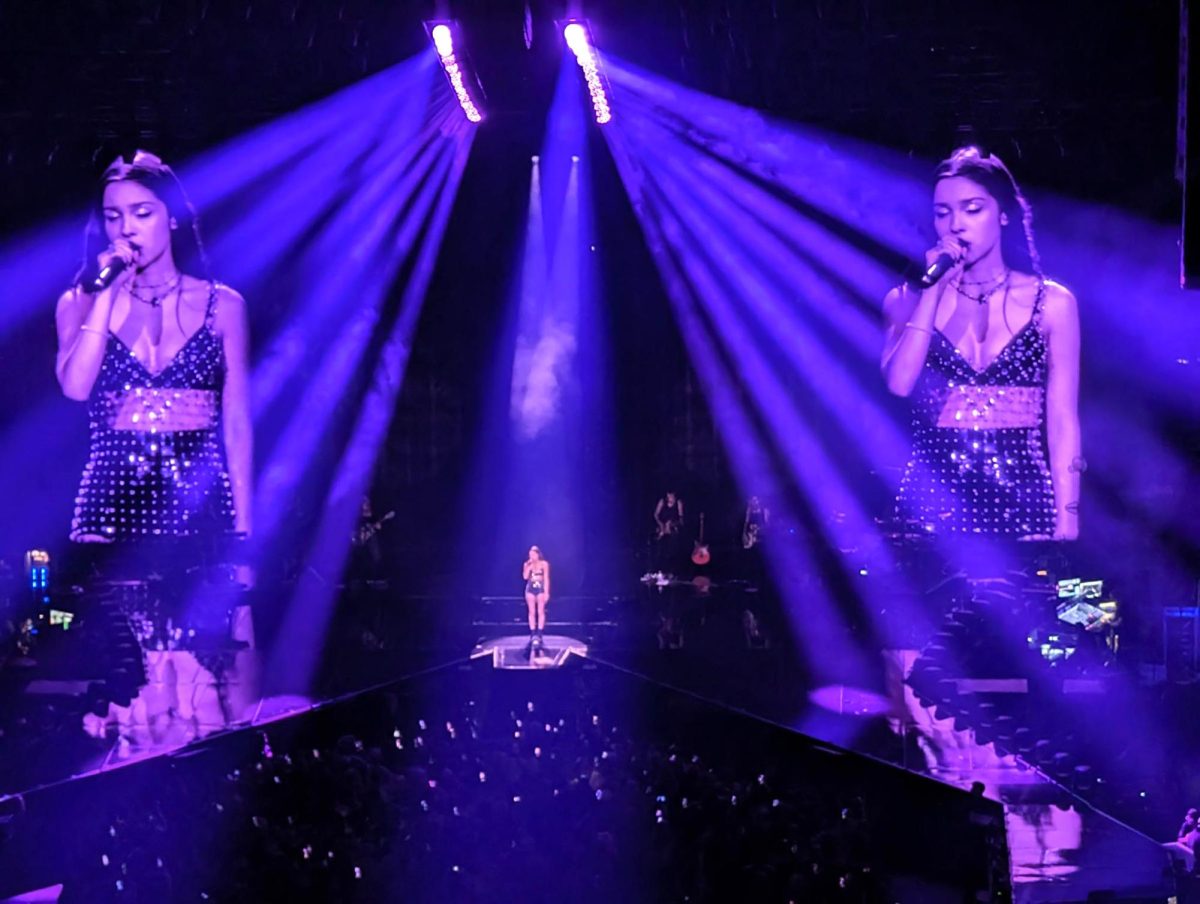


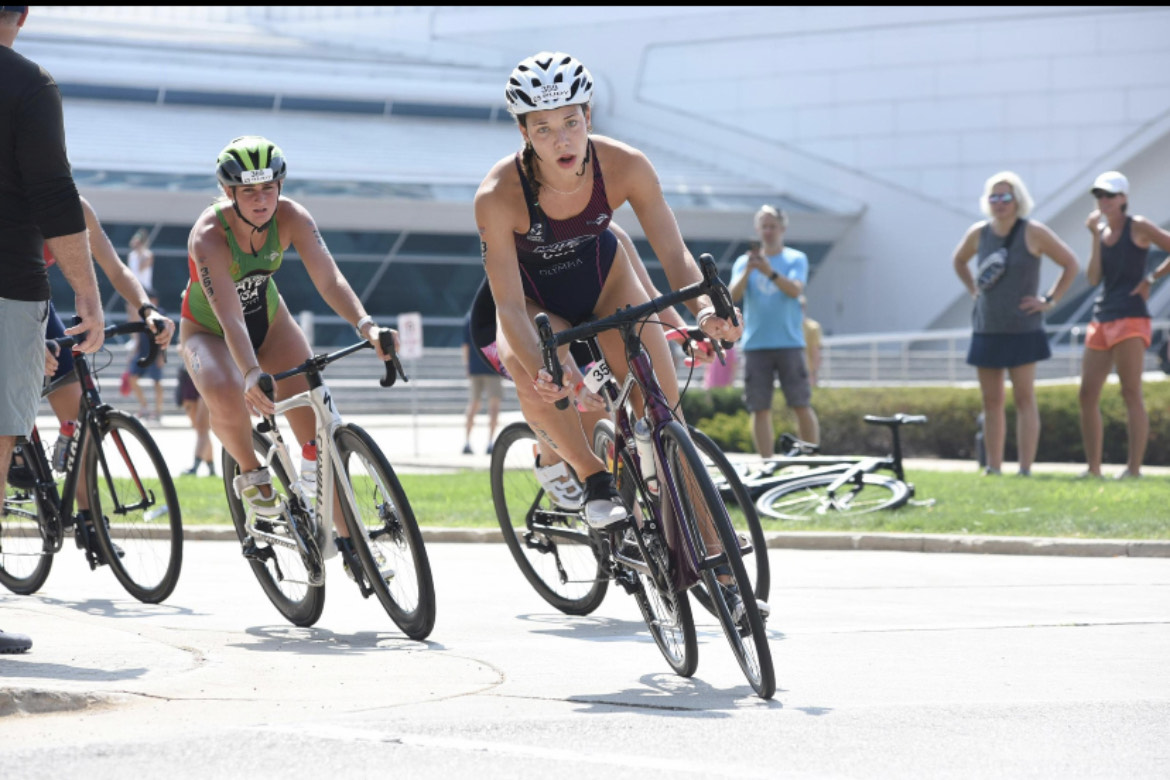
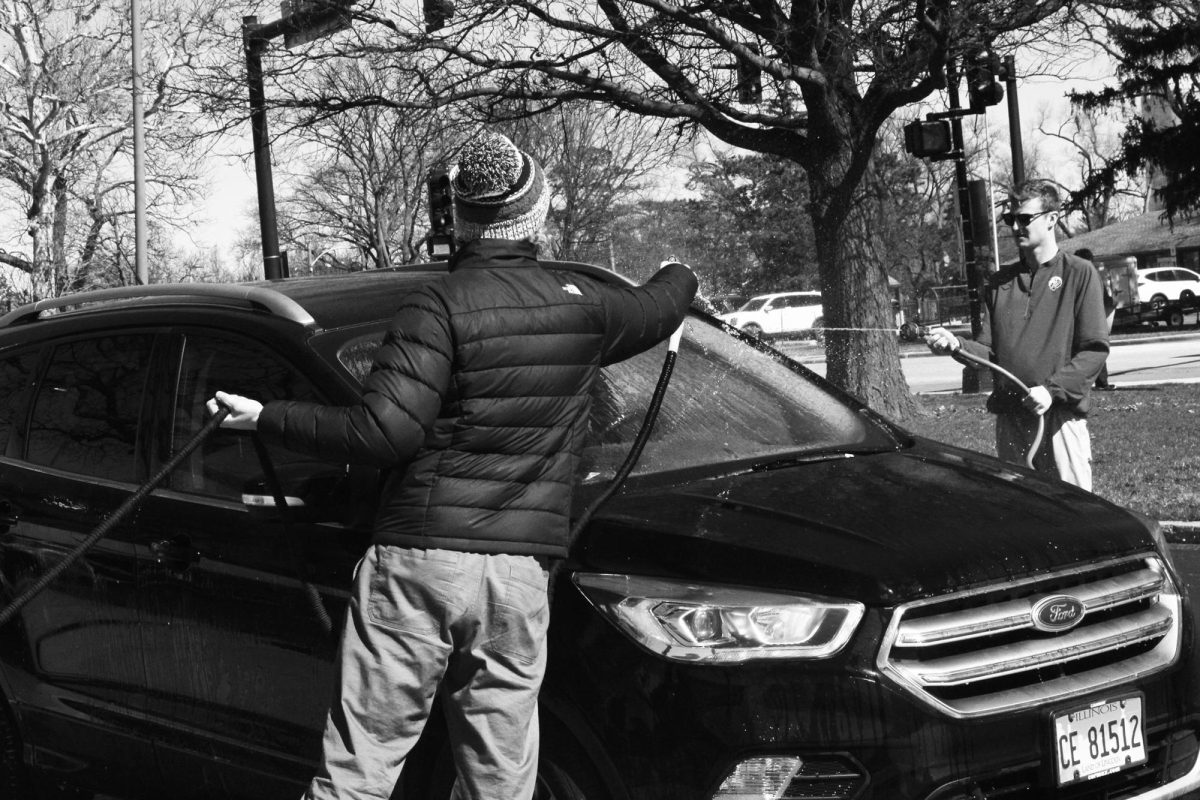
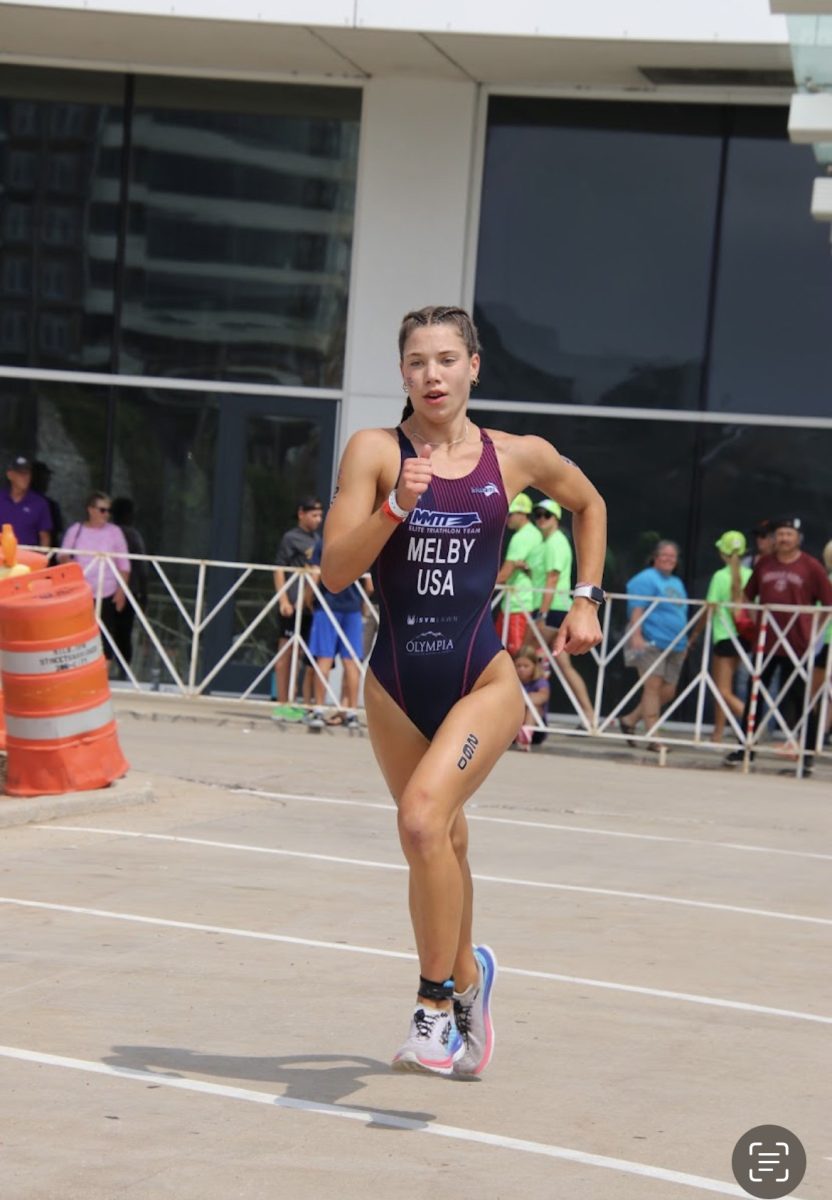
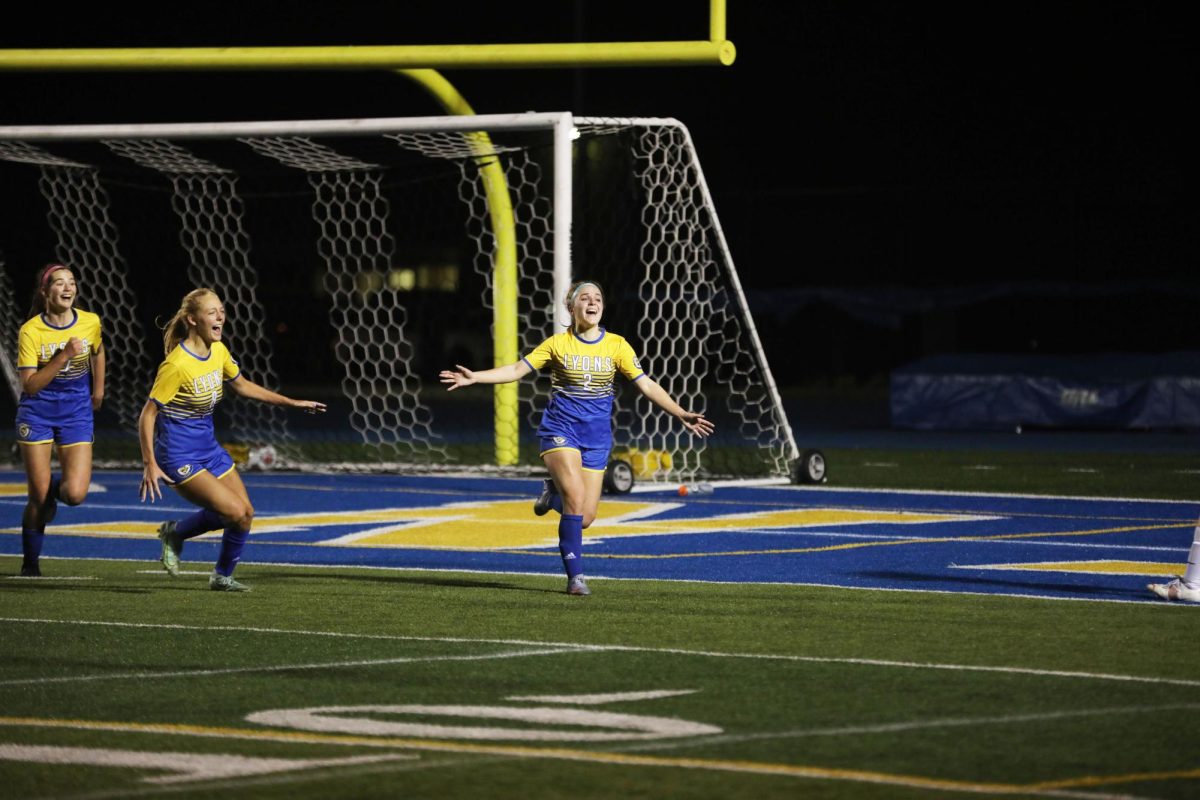
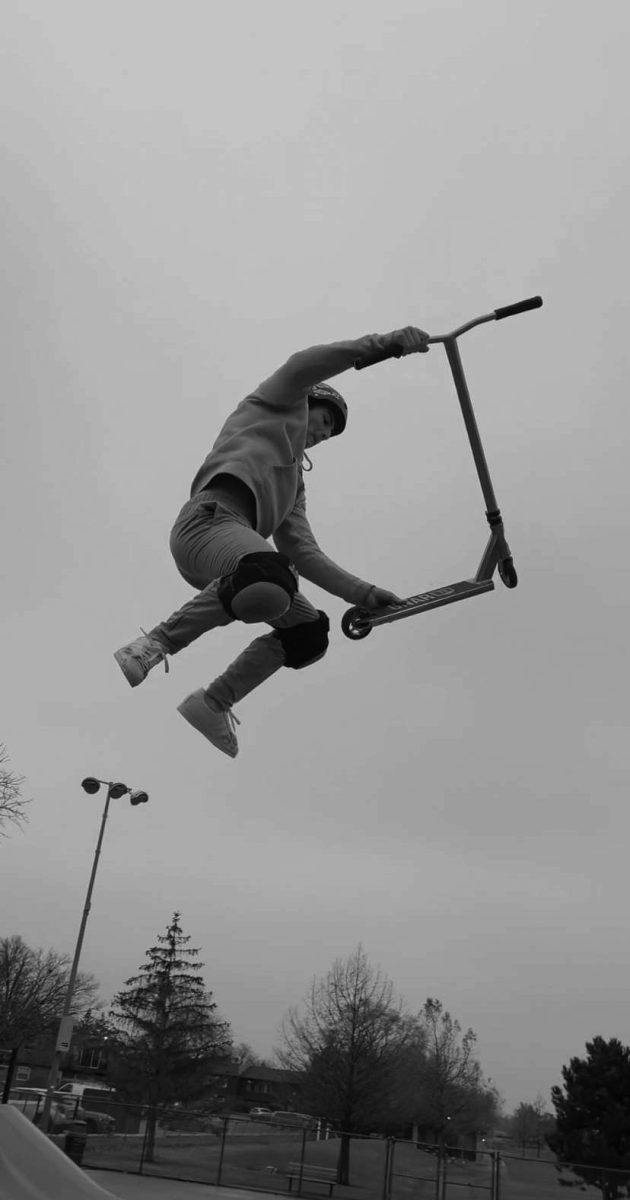
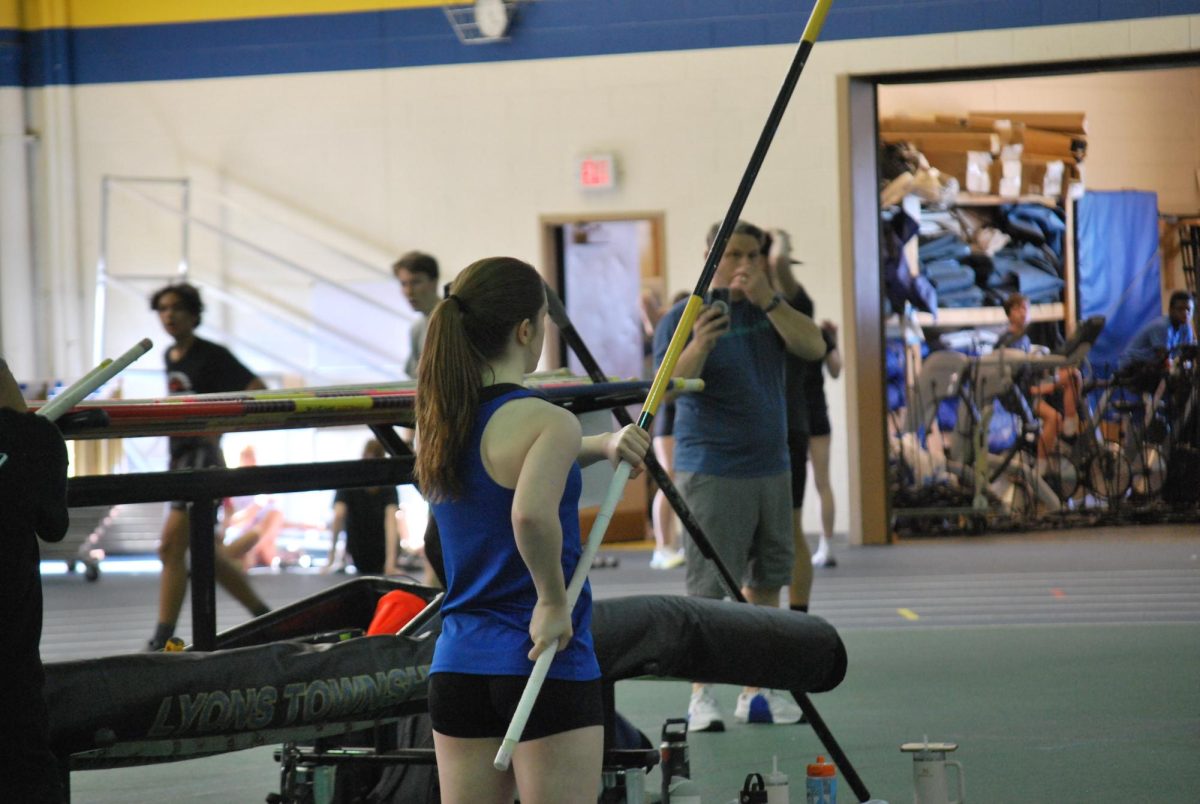
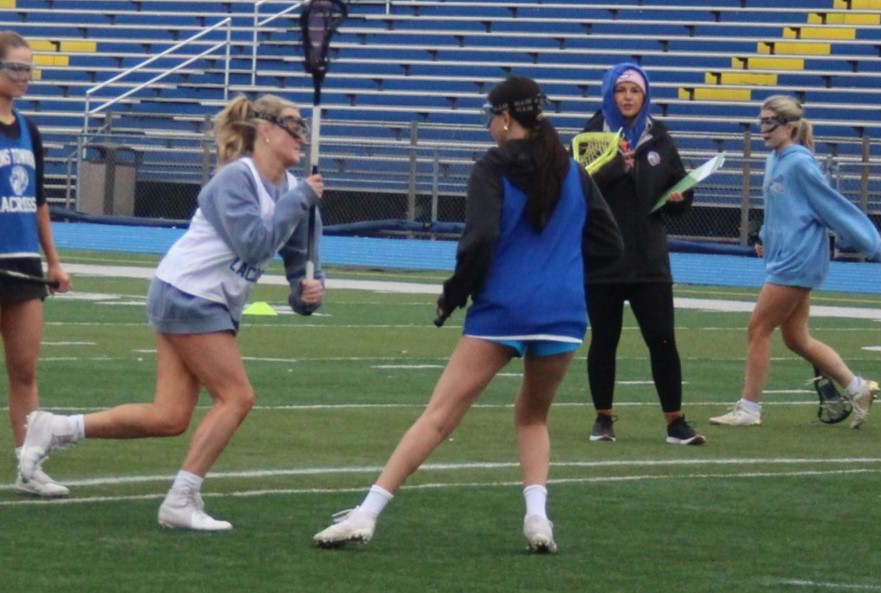

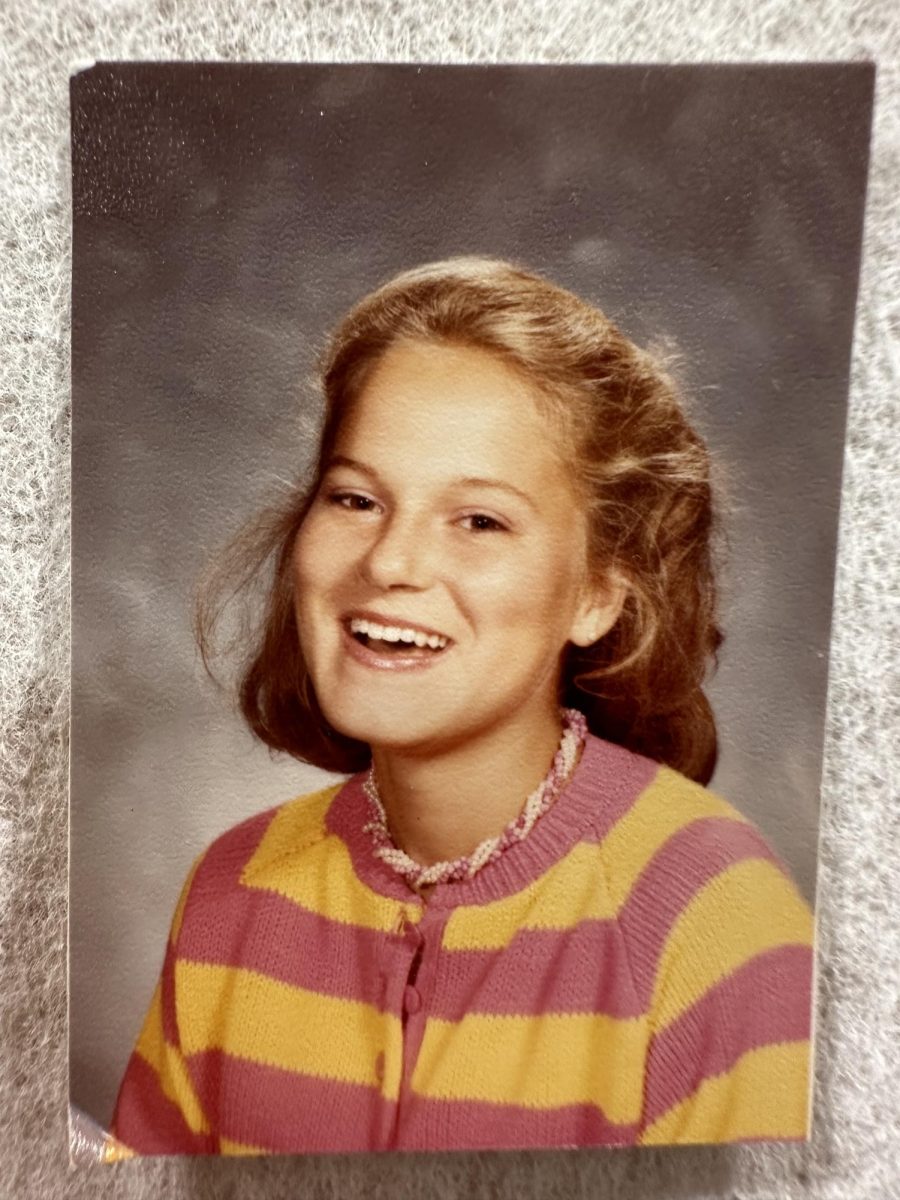
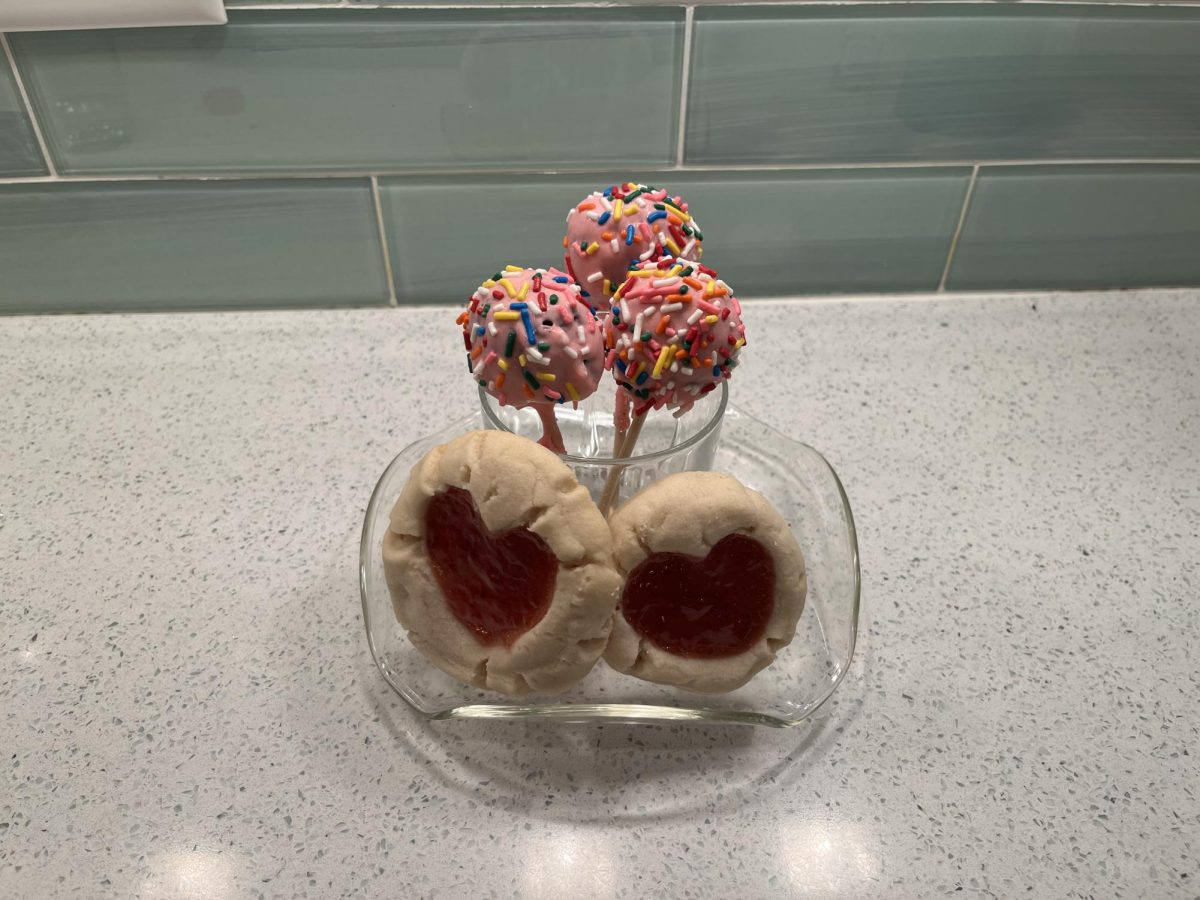
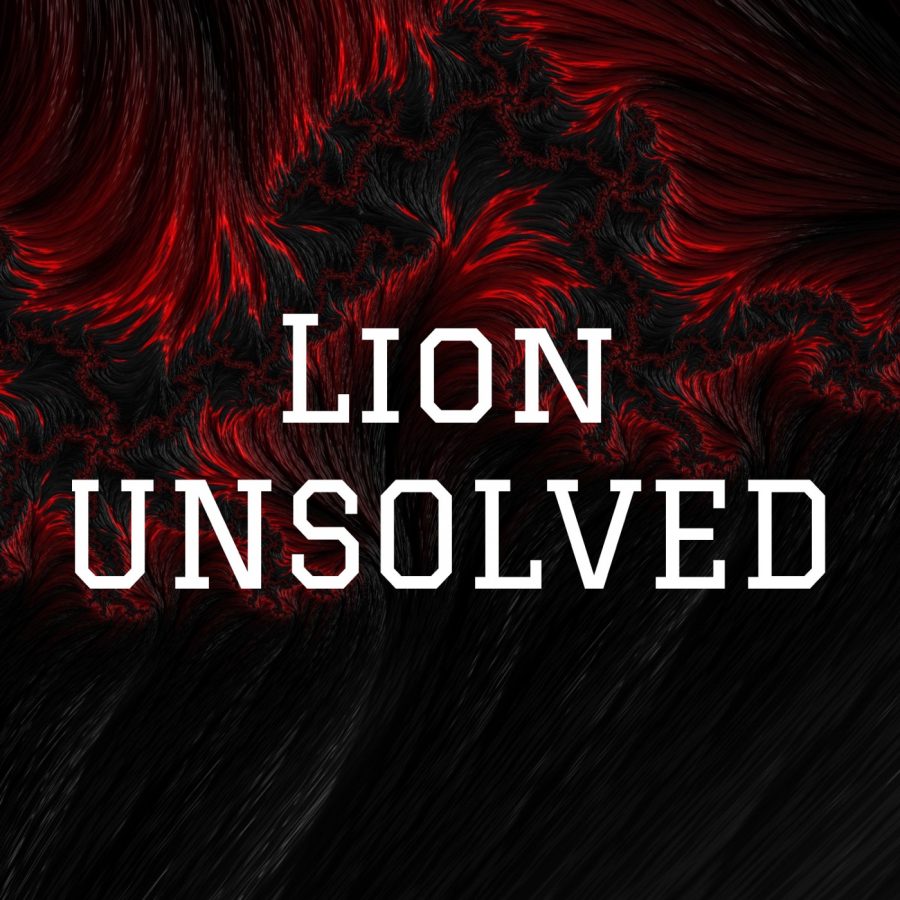
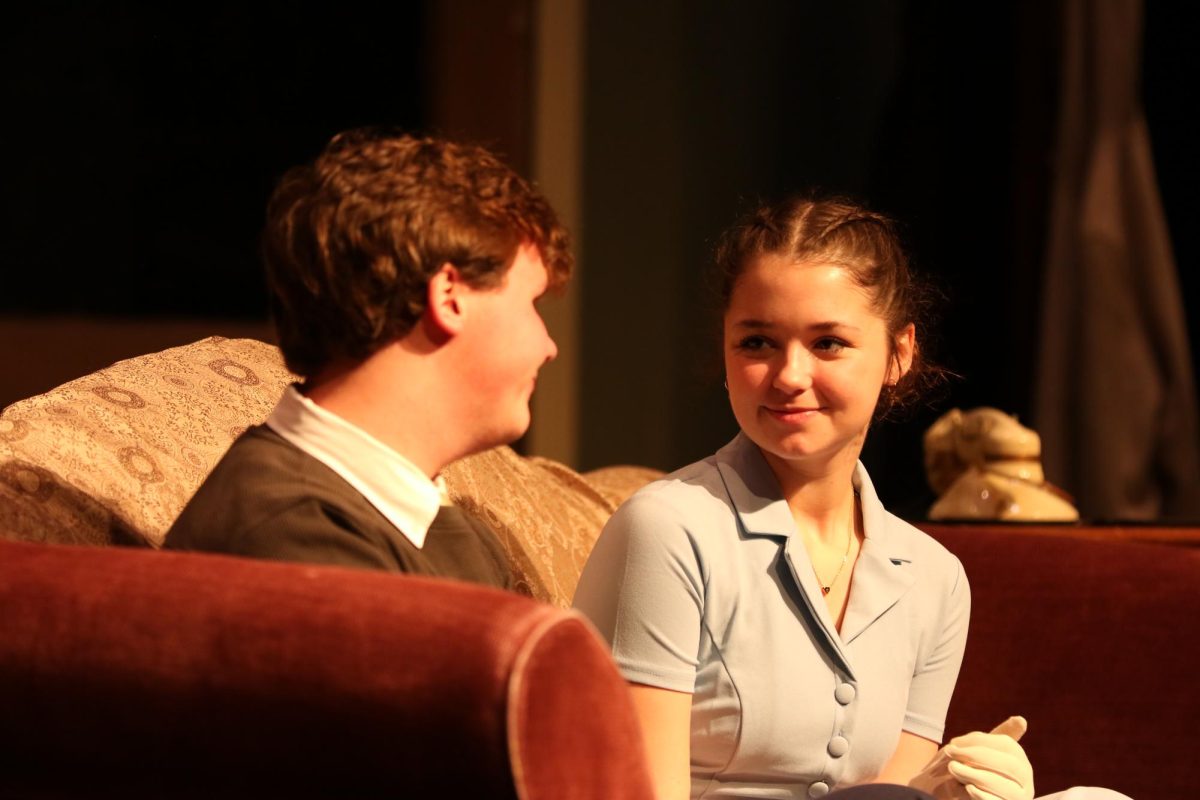


![Movie poster for [Rec] (2007).](https://www.lionnewspaper.com/wp-content/uploads/2023/04/rec-640x900.jpg)

